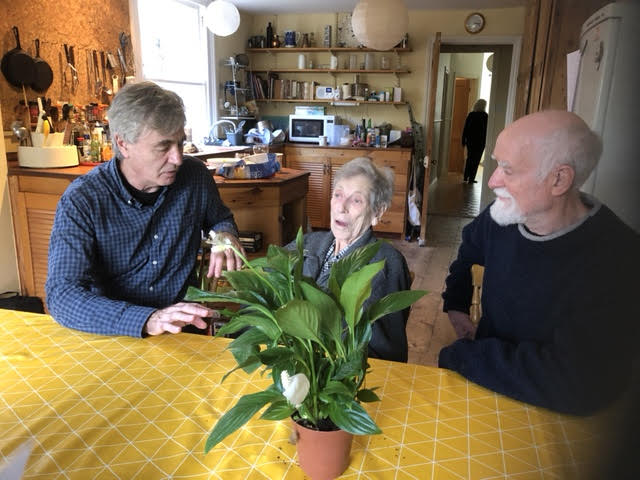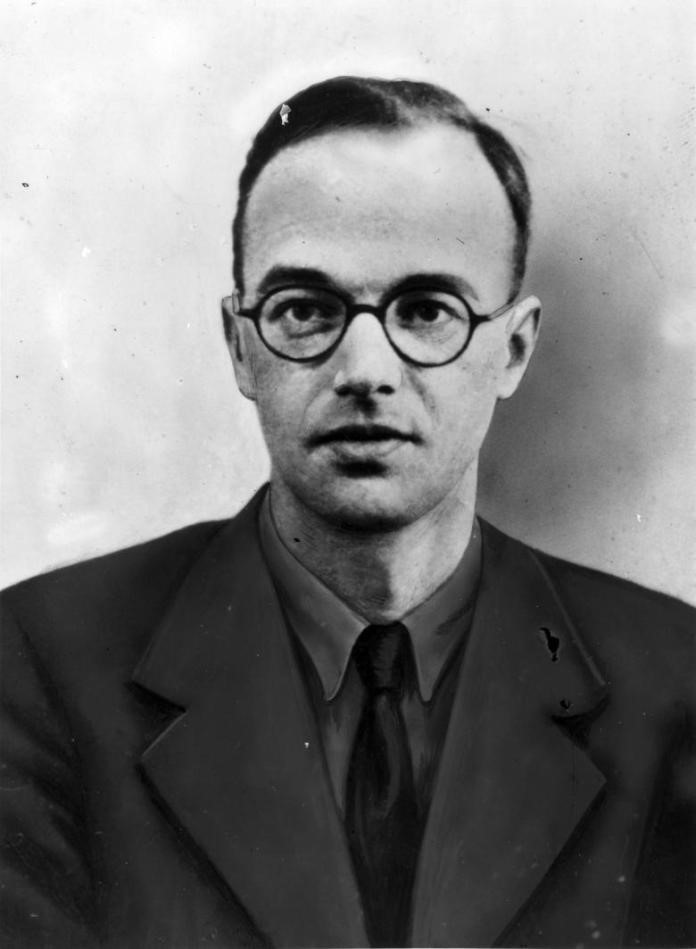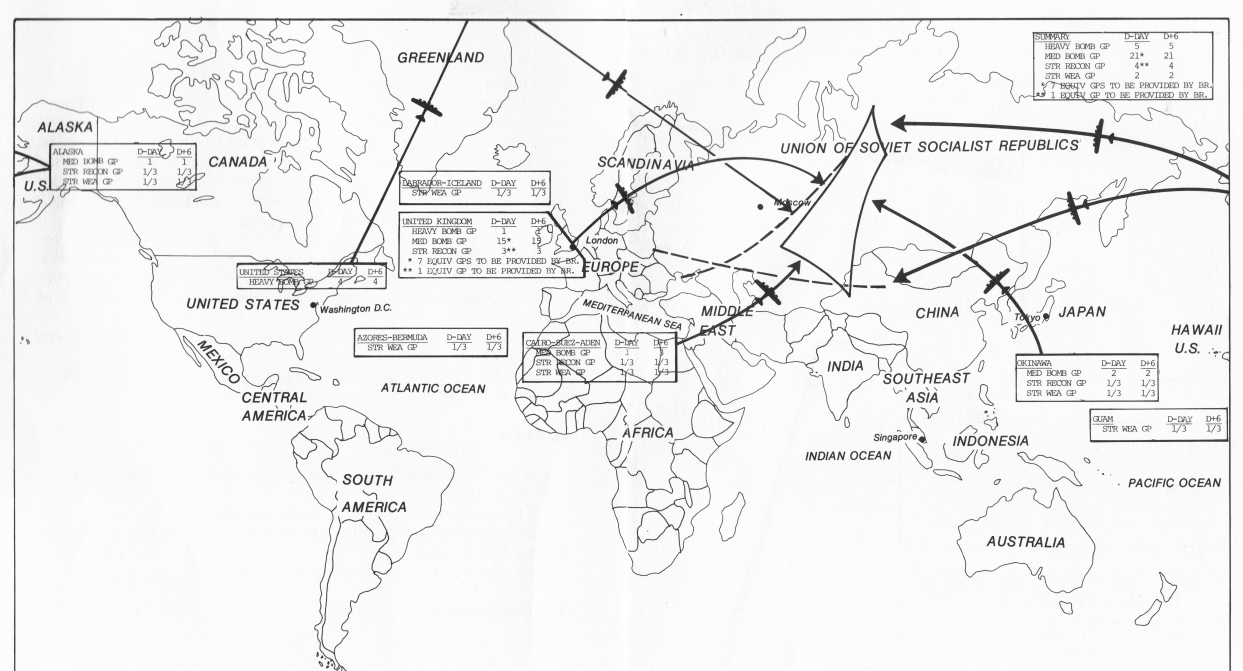 [Source: goodreads.com]
[Source: goodreads.com]
Ted Hall Helped the Soviet Union to Counterbalance the U.S. Monopoly on Atomic Weaponry After World War II, Which Acted as a Deterrent Against Aggressive U.S. War Plans
Dave Lindorff initiated the documentary film A Compassionate Spy, following a correspondence with Ted Hall’s 87-year-old widow, Joan Hall. Lindorff had written an article in 2017 proposing Ted Hall and Klaus Fuchs be granted the Nobel Peace Prize for sharing vital information about the atomic bomb development under way in Los Alamos, New Mexico—the Manhattan Project—in the mid-1940s.[1]
Joan Hall wrote to Lindorff: “I’m reading your article about Ted Hall with tears in my eyes. I’m Ted’s widow, and you are the first person who ‘got’ him.”
Dave lives in Philadelphia, and Joan lived in Newnham, a village just outside Cambridge, England. They became email and phone friends until in 2018 when he and his musician wife Joyce had occasion to spend a few days with her in her home.
Dave told Joan he thought it was time for a new book on Ted’s spying as it was clear from released national security documents from the late ‘40s and early ‘50s that the Truman administration had been planning a massive first strike attack on the USSR. Truman dropped the idea after the Soviets exploded their first nuke in August 1949, thanks to the spying by Ted Hall and Klaus Fuchs.
Joan said she preferred that Dave could do a film. Not being a filmmaker, Dave was unwilling to embark on such a project. He reached out to film documentarian Steve James, whom he had met playing an on camera reporter role in an earlier James documentary, “Small Enough to Jail.” James liked the idea, and they put together a team with James as director and his usual producer Mark Mitten and Dave as co-producers, to create “A Compassionate Spy,” which this reviewer saw during the Cambridge film festival, November 2022.
The idea to do a book became clearer during the film-making process. Lindorff has just had his book published: Spy For No Country: The Story of Ted Hall, the Teenage Atomic Spy Who May Have Saved the World (Prometheus Books, October 2023).
Three hundred pages of prodigious and impeccable research later, there is no doubt that physicist Ted Hall does deserve a Nobel Peace Prize for delivering vital information to the Soviets so that the ever-marauding United States could not exclusively possess the atomic bomb. Beyond sole possession, Ted, and a handful of other spy-couriers, prevented genocidal holocausts planned by the U.S. in 1950-1.
 Director Steve James, Joan Hall, and Dave Lindorff in Joan’s home. The Peace Lily is from photographer Jette Salling and me to symbolize the Nobel Peace Prize Ted should have been awarded. [Source: Photo courtesy of Jette Salling]
Director Steve James, Joan Hall, and Dave Lindorff in Joan’s home. The Peace Lily is from photographer Jette Salling and me to symbolize the Nobel Peace Prize Ted should have been awarded. [Source: Photo courtesy of Jette Salling]
If Barack Obama—seven-wars-at-one-time president—could understand, as did one president, John F. Kennedy, that the U.S. has nearly always been an aggressor nation under the guise of Pax Americana, he should turn over his undeserved Peace Prize to Ted Hall’s family. (According to official data, the U.S. has conducted approximately 350 wars, not counting CIA covert actions/regime changes/assassinations of scores of national leaders.)
Lindorff’s book reads like a detective mystery and a romance novel. No, Ted Hall did not spy for any country, rather for humanity, all eight billion of us. Today, this is the most important book for everyone to read, especially in the West. Then take the book to your protests before their house-of-cards governments and shut down their annihilator nuclear weapons, and stop the current proxy war against Russia. Remember that the U.S. with Britain, France, Czechoslovakia, Canada and Japan invaded the new revolutionary Russia in 1918 while U.S.-Britain-France were at war against Germany. Pax Americana superiority ideology has since aimed to dominate the world.
Ted Hall and Klaus Fuchs—an older experienced Manhattan Project scientist who also delivered vital information to the Soviets without either knowing the other—did so believing that two rival nations with the bomb could lead to its being banned, or at least could prevent its being used again.
 Klaus Fuchs [Source: atomicarchive.com]
Klaus Fuchs [Source: atomicarchive.com]
Unbeknownst to them, their fears were warranted even before the end of the World War II when the Soviet Union was allied with the U.S./UK. Already in July 1945, Prime Minister Winston Churchill planned a nuclear surprise attack (Operation Unthinkable) against several key Soviet cities, and then aimed to conquer their “ally.” President Harry Truman postponed the idea since he needed more bombs other than just the two then ready to drop on Hiroshima and Nagasaki.
Elder folk may remember that the United States openly threatened to attack the USSR with nuclear bombs during the Berlin Blockade in 1948. Families built bomb shelters. Schoolchildren had to go through nuclear attack drills. Soon, millions protested against nuclear war. The Nuclear Freeze campaign began in the U.S., England, and much of Europe.
What was not public information was the U.S.’s first-nuclear-strike plans already in process.
“During 1946-1950, as President Harry Truman’s new and vastly better-funded and more powerful Central Intelligence Agency (CIA), quickly shifted the focus of U.S. intelligence activities from Germany and Japan to the Soviet Union, which became America’s new apex enemy. During those years, in secret, Truman and his team of CIA, National Security Council advisers, and Pentagon strategists, as well as arms industry lobbyists, worked on plans to use America’s new superweapon, the atomic bomb,” Lindorff writes.
“From the moment the United States had its bomb, operational plans for a first strike on the Soviet Union were drawn up with grisly names. Pincher (developed in June 1945, before World War II had even ended and at a time when the United States had, at most, nine bombs), Broiler (March 1948), Bushwhacker (1948), Frolic (May 1948), Sizzle (December 1948), Trojan (January 1949), Shakedown (October 1949), and Dropshot (1949–1959).”

Illustration from A Compassionate Spy of nuking 200 targets at 100 Soviet cities. They would have annihilated several million human beings and conquered the rest. [Source: A Compassionate Spy]
Dropshot was updated throughout the 1950s, with each revision featuring more targets and more nuclear bombs, including hydrogen bombs 500-1000 times more destructive than atomic ones.
What put a thunderous halt to the U.S.’s planned genocidal attack was the surprise on August 29, 1949, when the Soviets tested their atomic bomb, which was based on Ted Hall and Klaus Fuch’s information that they gave the Soviets. Truman, the U.S.’s intelligence apparatus, Pentagon strategists and nuclear scientists were stunned. They had not expected the Soviets to get their own bomb before 1953 or 1954.
…..
To read the rest go to Covert Action Magazine:
Ted Hall Deserves a Nobel Peace Prize For Helping to Prevent a Nuclear Holocaust in the 1950s – CovertAction Magazine
- The film is playing in theaters across the U.S. At this writing, it has received 50+ reviews, even mainstream publications—The New York Times,The Washington Post, Los Angeles Times, USA Today, The Guardian. It is available for streaming, and is screening in many countries in Europe. My review and interview: Can An American Scientist Who Smuggled Critical Nuclear Secrets to the Russians After World War II Be Considered a “Good Guy”? New Film Says Yes. – CovertAction Magazine; Is History Repeating Itself? And Who Will Be Today’s Ted Hall? An Interview with the Principals of “A Compassionate Spy” – CovertAction Magazine. ↑
